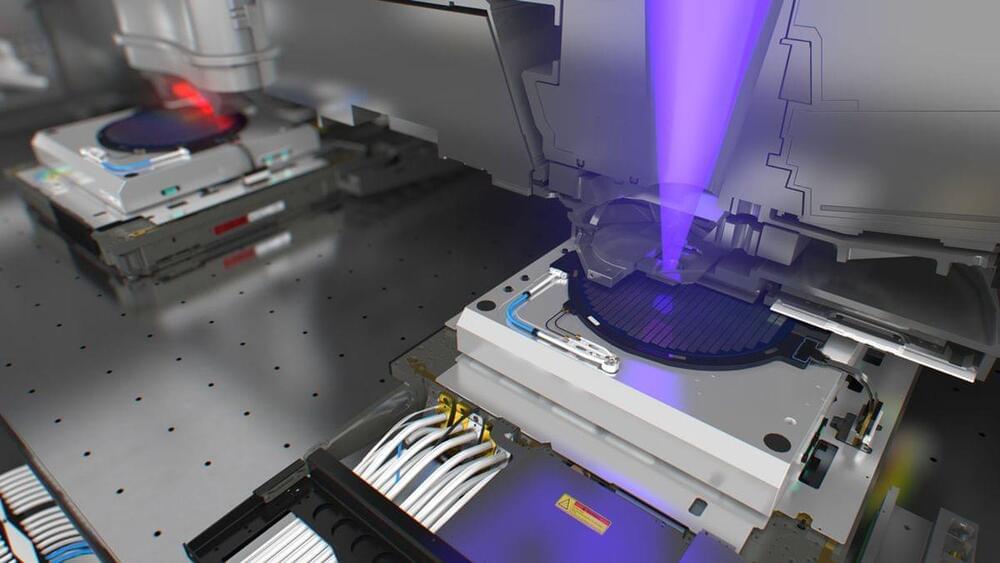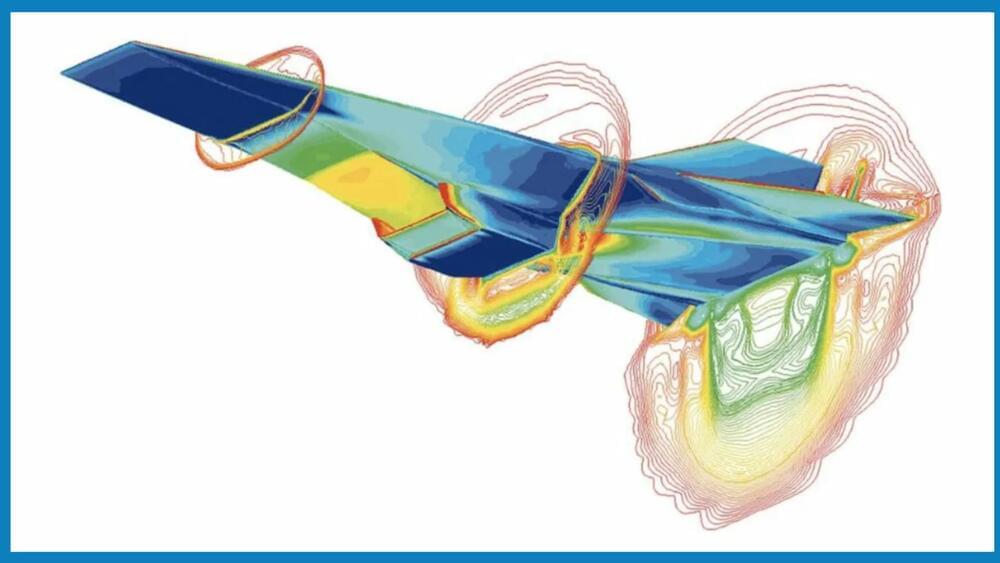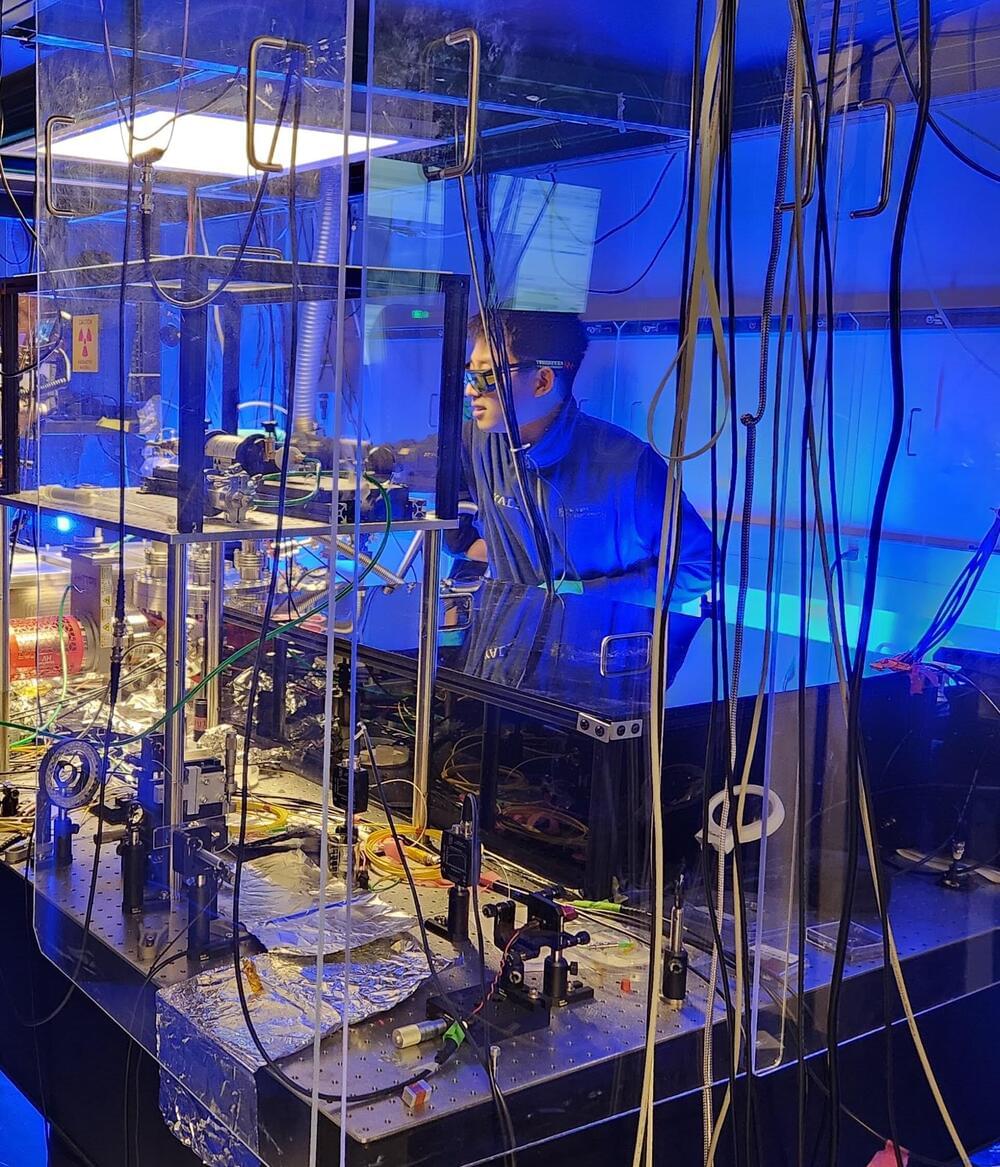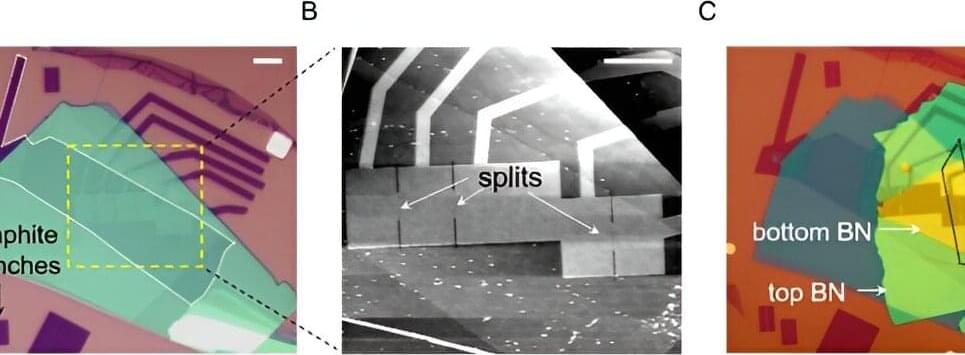Transistors are core components of many electronic devices, which serve the role of amplifying and switching electrical signals. A key goal of the electronics industry is to continue improving the performance and energy-efficiency of transistors, while also reducing their size.








